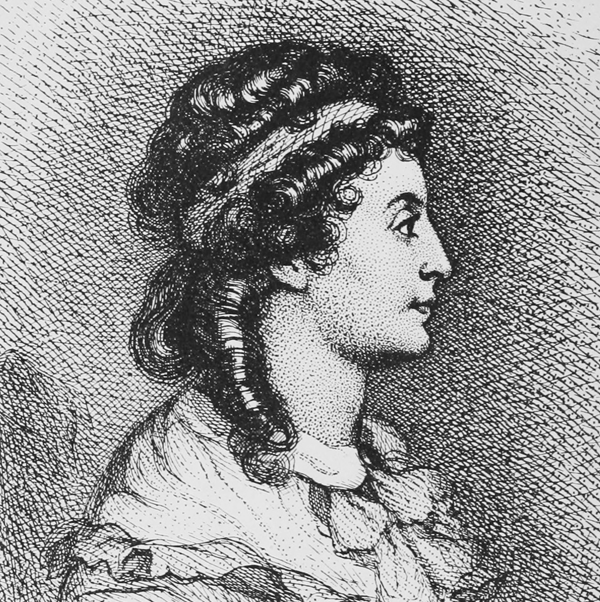
Teacher, Catholic Convert, Wife, Mother, Foundress
St. Elizabeth Ann Seton
The struggles of living during the American Revolution did not damper the warm and outgoing demeanor of Elizabeth Ann Bayley. She was born on August 28th, 1774, into an upper-class Anglican family in New York City. Living in in the comforts of high society, she loved dancing and her presence was frequently requested at parties. Friends found her charming and beautiful, and it didn’t hurt that she was an accomplished musician, equestrian, and could fluently speak French. At 19, she married William Seton, the son of a wealthy Protestant shipping family, with whom she was deeply in love. They thrived in the beginning of their marriage, and had five children.
Those first years were a brief period of happiness before Elizabeth’s life was shaken by tremendous suffering. William’s shipping business went bankrupt, devastating the family. Following the loss of his work, he contracted tuberculosis. The family moved to Italy, where they had hopes of his healing. The family was taken in by devoutly Catholic business friends, the Filicchi’s. Their hospitality continued after William died in 1803. Though Elizabeth lost the man she, “loved… more than anyone can love on this earth,” their separation served to draw her heart to God and eternity. Her loss became a source of sanctity as she used this opportunity to embrace the will of God. This became a common thread in her spiritual life, and would reemerge when she would experience the devastating loss of her daughter, who was only sixteen years old. She decided to completely submit her will to God in all things, trusting in His goodness; “Never by a free act of the mind will I ever regret His Will”.
“At last…at last, GOD IS MINE!AND I AM HIS! Now, let all go its round — I have received Him!”
Elizabeth was moved by their devotion and faith, writing to a friend, “Oh, my! The patience and more than human kindness of these dear Filicchis for us! You would say it was our Savior Himself they received in His poor and sick strangers.” Inspired by their hospitality and by the presence of Jesus in the Holy Eucharist, she desired to become Catholic. Upon returning to America, she was received into the Church in March 1805, at St. Peter’s Catholic Church in New York City. She was flooded with joy at her First Holy Communion, exclaiming, “At last…at last, GOD IS MINE! AND I AM HIS! Now, let all go its round — I have received Him!” Her decision to become Catholic resulted in rejection from loved ones, who withdrew their support. After three years of struggling to survive in the decidedly anti-Catholic New York City, she moved to Baltimore, Maryland after being invited by the president of St. Mary’s College to open a school for girls.
Elizabeth was a natural teacher. She firmly believed that the purpose of an education was to lead the students to live good Catholic lives, and to point their eyes to Heaven, the goal of all human existence. In 1809, feeling the call to religious life, Elizabeth professed the vows of poverty, chastity, and obedience before Archbishop Carroll of Baltimore. She was joined by two other women, and the group moved to Emmitsburg, Maryland where Elizabeth, now Mother Seton, successfully opened what would be the first free Catholic school in America. In 1912, the community, known as the Sisters of Charity, ratified their rule of Sisterhood based on the rule of Saint Vincent de Paul’s community, the Daughters of Charity. The community proceeded to establish schools, orphanages, and hospitals across the United States. She died on January 4, 1821. As one bishop stated in 1852, “Elizabeth Seton did more for the church in America than all of us bishops together.” She was canonized as the first American-born saint by Pope Paul VI on September 14, 1975.
Feast Day: January 4

